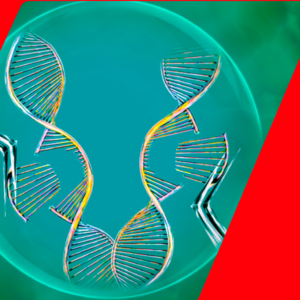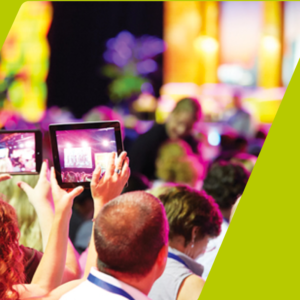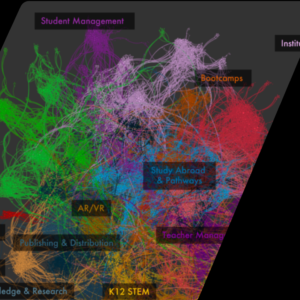“Super Sensing is about expanding the border of biological sensory us humans essentially possess, by developing the underused and unaware territory of our senses.”
Description from Super Sensing 2018 website
The International Symposium on Advanced Sensing Design and Technology is a half day conference hosted on September 19, 2018 in New York. It presents cutting-edge technology and precedent examples of sensing know-how and design based on the theory of super sensing. A variety of guest speakers from all over the world, including cognitive scientists, designers, technologists and entrepreneurs, shared their latest projects and thoughts with a particular theme – “empathy”.
As a curious product person, I was very excited about this symposium: What is sensing technology really about? What are the directions sensing technologies move towards? How might we incorporate empathy when design with sensing technology?
What is sensing technology really about?
What we are doing is often different from what we think we are doing. Our perception, action, and decision making are products of complex interactions between explicit and implicit processes and between self and others. Sensing technology provides the objective data to help us perceive and behave in a more accurate way.
Professor Katsumi Watanabe in Cognitive Science at Waseda University also introduced a very intriguing concept: based on the Perception-Action Model, changing behaviors lead to changing mind and using sensor to measure the current behavior could serve as a trigger for its change. This is a bit counter-intuitive, because we often think that we need to change our mind before we change our behaviors.
What are the directions sensing technologies move towards?
The sensor is the media between the environment and human, which could be considered as a 3-nodes-2-links model (illustrated in the first diagram below). The innovation of sensing technology could happen in any component of this model (illustrated in the second diagram below). For example, a new expression between sensor and human could be a muscle movement sensor providing real-time sonic feedback for athletes (a new technology piloting in Japanese 2020 Olympic Team). A sustainable sensing could be sensors using regenerative bioenergy from soil or water.



How might we incorporate empathy when design with sensing technology?
Sensing technology is a new tool for designers to be more inclusive and this symposium gave me a much deeper understanding in universal design. The following short videos are some examples the presenters highlighted, which I found very inspiring.
 Write a response…
Write a response…











It’s actually a great and useful piece of info.
I am satisfied that you shared this useful info with us.
Please keep us up to date like this. Thanks for sharing.